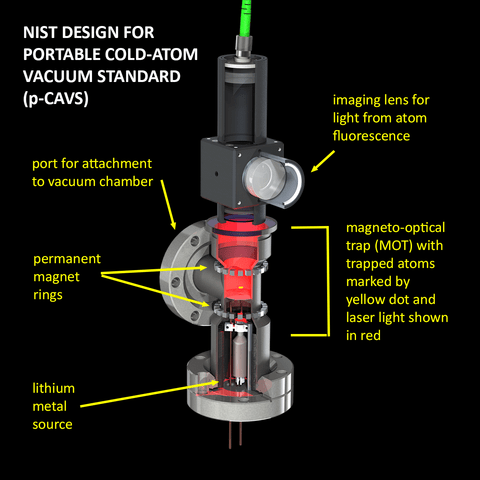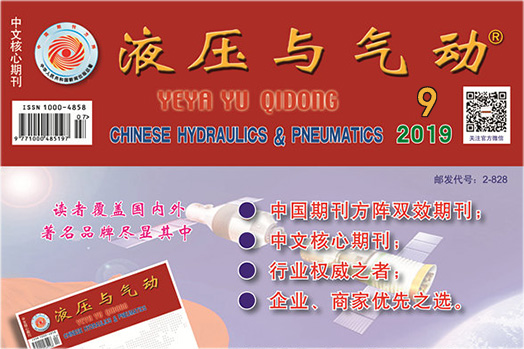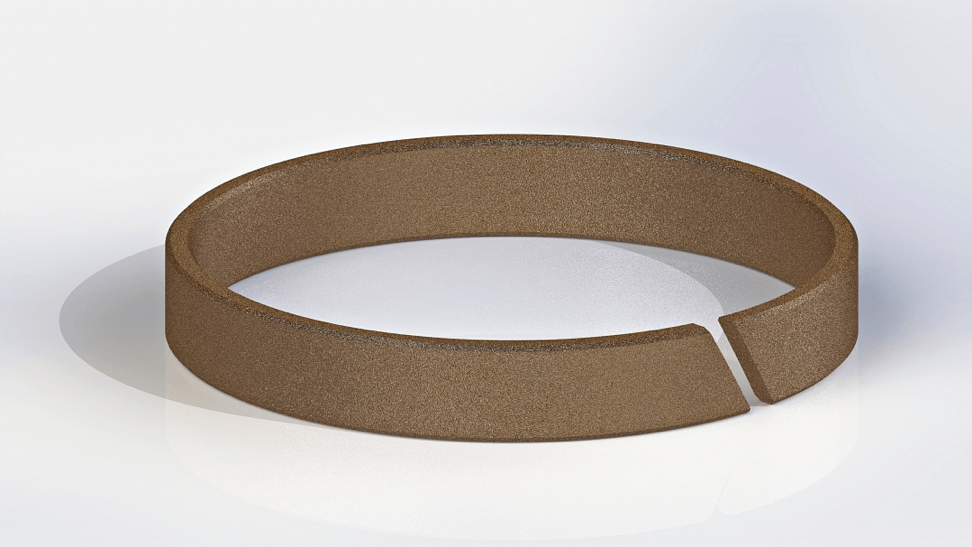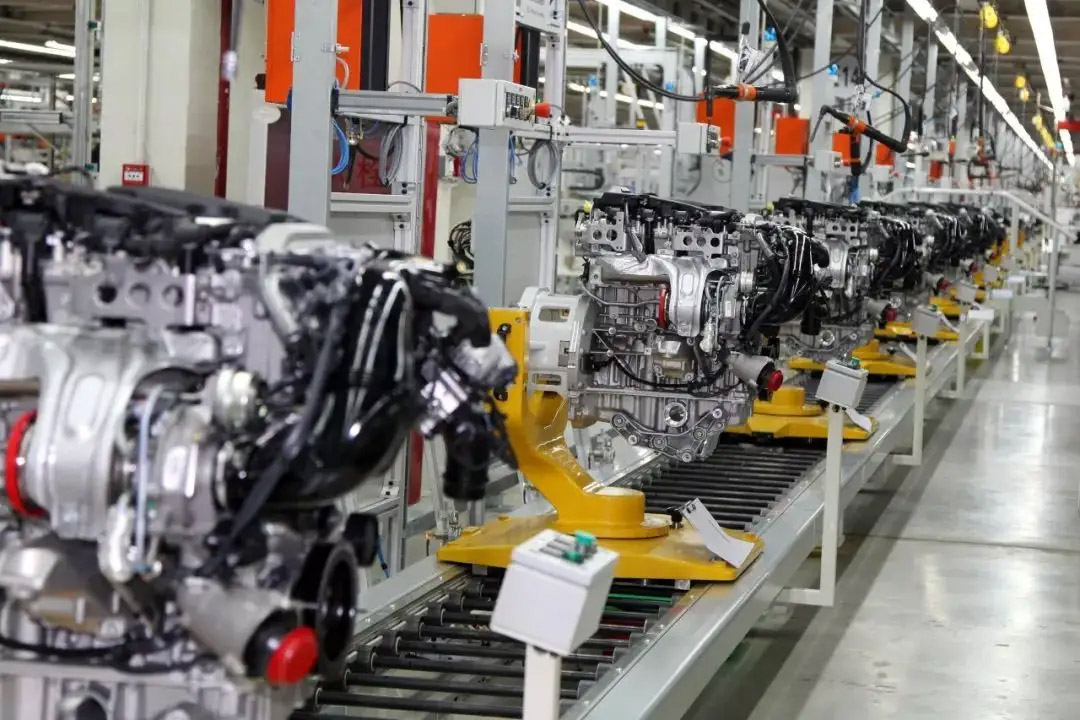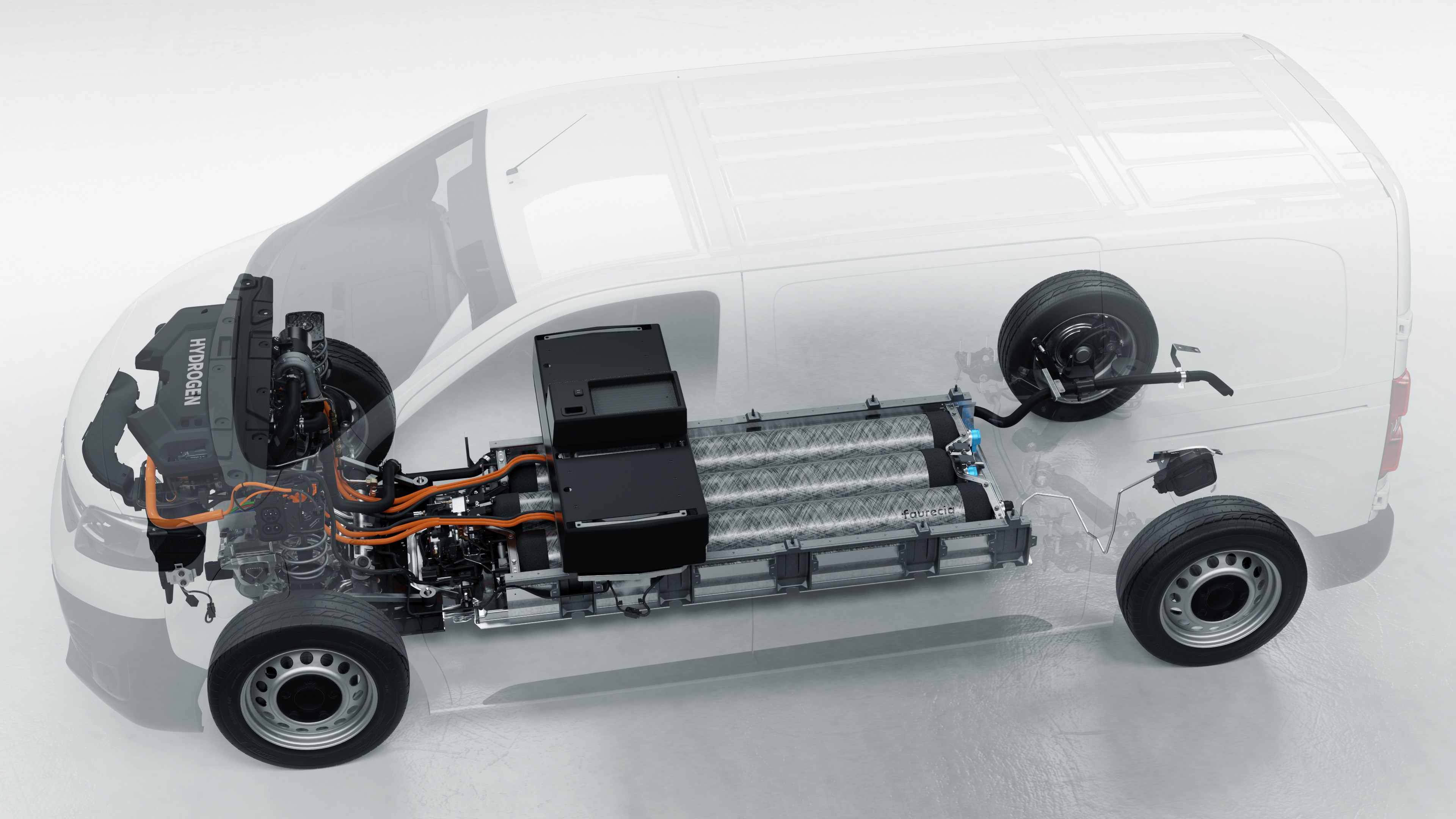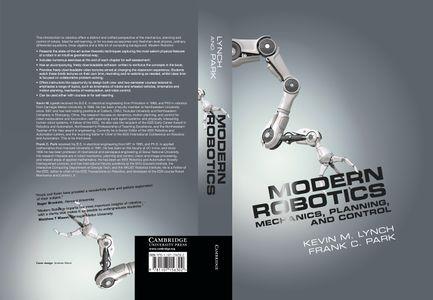创新密封材料-Purity,Plasma resistance,High Temp
Elastomer seals – How to avoid the trade-off between purity, plasma resistance, and high temp.
In semiconductor manufacturing, it can be challenging to find a quality sealing material with both high purity and plasma resistance when exposed to 300° C and above. There is often a trade-off between these requirements when searching for the best-suited elastomer for any given application. However, Precision Polymer Engineering (PPE) has developed a new high-temperature, high-purity perfluoroelastomer (FFKM) material capable of satisfying these requirements without any need for compromise.
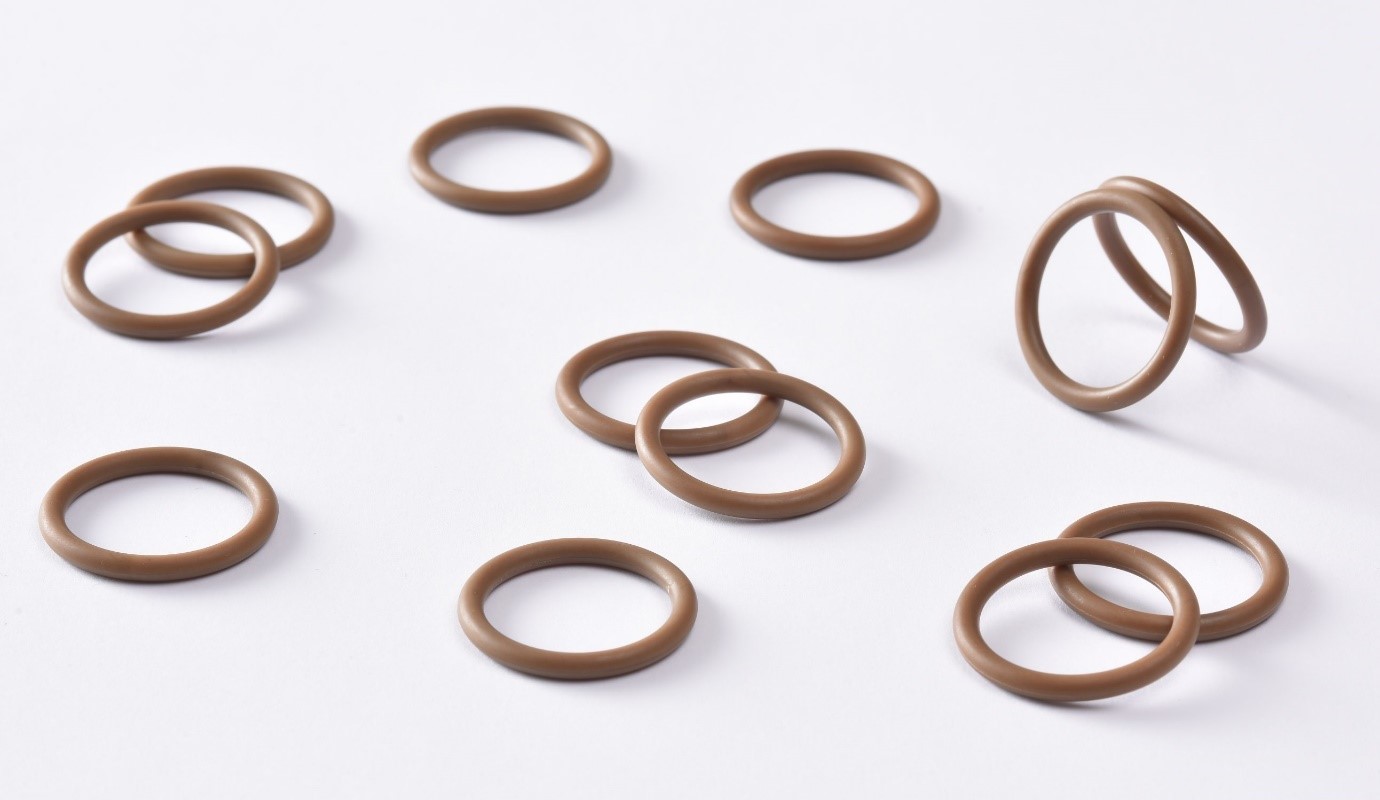
Figure 1. Perlast Helios. Source: PPE
Perlast Helios is composed of the new FFKM material family, which offers excellent sealing performance at high temperatures without affecting other key material properties. Perlast Helios G7HA – the first material in the range – was launched in September 2018, and has since undergone various benchmarking tests against the leading sealing materials on the market.
High-purity, plasma- and high temperature-resistant material for semiconductor applications
Qualification of an elastomer material carries significant risk, and can prove expensive for semiconductor fabricators and OEMs. The risk is heightened if the elastomer part is specified for a particularly critical location, for example, close to the wafers or exposed to plasma. It is therefore important to gather as much data as possible and provide the customer with confidence before the qualification of a new material starts on their equipment. PPE conducted a series of benchmarking tests to reduce the risk of wasting precious tool time or the contamination of equipment.
As a leading seal manufacturer, PPE is often asked for a material compatible with all processes and chemistries. Unfortunately, it is not so simple. The type of plasma process, chemistries and tools are all important considerations. Additional key requirements include the temperature of the application, the level of purity required to minimize contamination and the expected mean time between cleans.
The simple answer is there is not one material suitable for all processes in semiconductor applications. For example, a material that performs well in oxygen plasma may be comparatively poor in fluorine radical plasma. A thorough understanding of each semiconductor application is crucial in the selection of the right sealing material.
Perlast Helios G7HA has a fully organic formulation with excellent sealing and plasma properties. It is a 70 Shore A hardness elastomer with a continuous high-temperature rating of 310° C.
Perlast Helios G7HA: Facts on plasma resistance
Plasma exposure benchmarking results compared the new Perlast Helios material against popular competitor grades and some existing PPE materials.
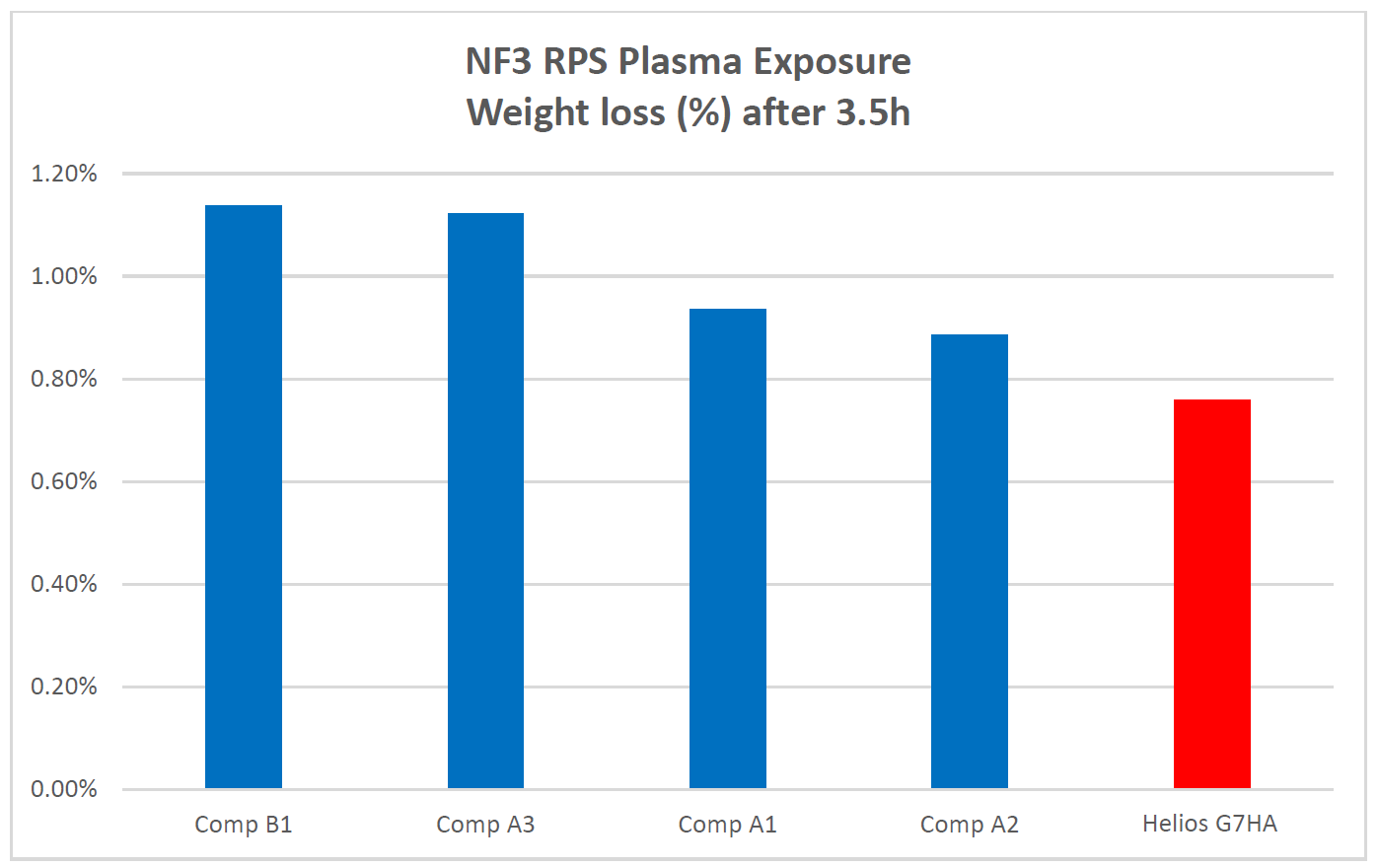
Figure 3: Nitrogen trifluoride remote plasma source exposure – elastomer weight loss percentage after 3.5 hours. Source: PPE
Nitrogen trifluoride (NF3) is one of the most commonly used gases in cleaning, making elastomer seal resistance to NF3 plasma very important. O-rings were exposed to NF3 plasma in a reactive-ion etching (RIE) tool for six hours. The Perlast Helios material was benchmarked against common competitor materials and was shown to have a significantly lower erosion rate – 27% lower than competitor A1 and A2.
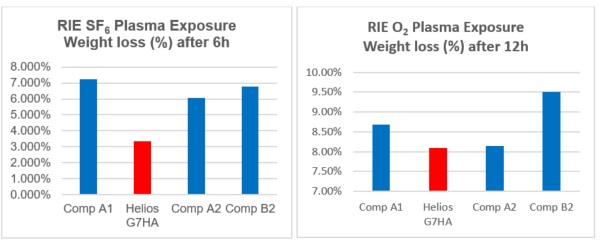
Figure 4: RIE sulfur hexafluoride plasma exposure (left); RIE oxygen plasma exposure (right). Source: PPE
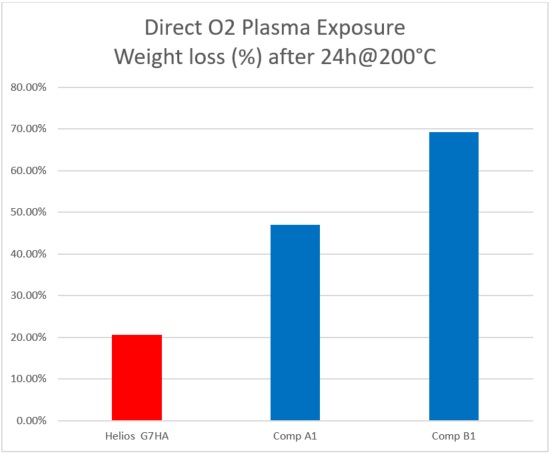
Figure 5: Direct oxygen plasma exposure. Source: PPE
Perlast Helios G7HA outperformed competitors in sulfur hexafluoride RIE plasma, oxygen plasma and in direct oxygen plasma.
Mechanical properties of Perlast G7HA
Compression set is another important property of an elastomer seal. Compression set is the percentage deformation of a test specimen at a temperature under a given amount of compression. The test piece can be a button or a standard-size O-ring.
The result of compression set test is deformation, and a low value corresponds to better recovery of the shape. G7HA was tested against one of the market-leading elastomer sealing materials used in the semiconductor industry (coded in the following figures as competitor A1).
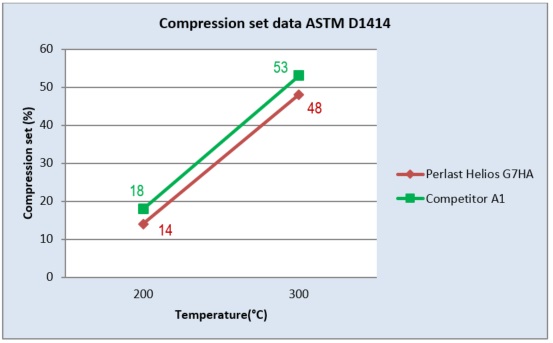
Figure 6: Compression set testing of Perlast Helios G7HA compared to leading competitor grade. Source: PPE
However, compression set testing does not always give an accurate indication of the elastomer’s sealing performance. Some materials can recover almost fully after compression but the sealing force generated by the elastomer may not be enough to provide robust sealing in some applications. Compressive stress relaxation testing provides a much better prediction of long-term sealing performance.
Extended lifetime of Perlast G7HA
Compression stress relaxation (CSR) testing provides valuable data on the sealing performance of a material. It measures the retention force of an elastomer material at a set temperature. Stress relaxation is a reduction in the counterforce for maintaining the applied strain. The force is not constant but decreases with time when the material ages. This is expressed as a percentage of the initial force in a typical CSR curve.
In this test a standard-size O-ring is placed in a load cell and compressed by 25%. It is then placed into a constant temperature oven — in this case the temperature is 300° C. The initial sealing force is measured, and then the decay in sealing force measured over a period. Put simply, a higher retained sealing force equates to a longer lifetime.
In the graph below (Figure 7) it can be seen that Perlast Helios G7HA outperforms competitor A1 after 500 hours exposure at 300° C. Put simply, a higher retained sealing force equates to a longer lifetime.
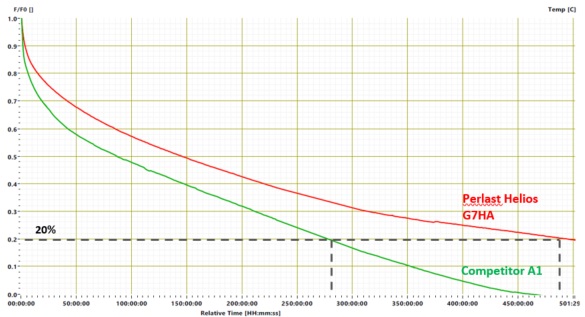
Figure 7: CSR comparison between Perlast Helios G7HA and competitor grade. Source: PPEP
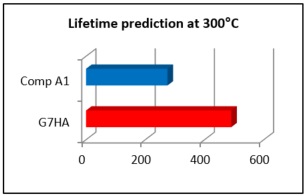
Figure 8: Lifetime prediction at 20% original force. Source: PPESummary of the CSR results
In the graph (Figure 7), after 500 hours exposure at 300° C, Helios G7HA demonstrated longer lifetime by more than 44% and retained higher sealing force of more than 22% against competitor A1.
The lifetime of a seal is dependent on many parameters, including compression rate, temperature, groove type and the aggressiveness of chemical media. It is impossible to model these variables and mirror real-world conditions, but having benchmarking data against a common competitor material gives a strong indication about the real lifetime of the new material.
High-purity materials reduce the risk of process contamination
It has been proven that fully organic materials reduce the risk of process contamination in critical semiconductor applications. One common method of determining the composition of an elastomer material is thermogravimetric analysis (TGA). This technique measures the mass of a sample while it is heated, cooled or held at constant temperature in a defined atmosphere.
During this test, a small portion of the elastomer material is placed on a sensitive balance within a furnace. The temperature is increased to 600° C in a nitrogen environment, then air is added to burn off the organic compounds. The temperature is then further increased to 1,000° C to leave only ash residue from inorganic ingredients. If the material is fully organic, there will be no residue left after the test. If the material is inorganically filled, the inorganic fillers – those which are stable at temperatures over 1,000° C – will be observed as residue.
Using TGA, Perlast Helios G7HA, competitor A1 and PPE’s material Perlast G67P were all compared. From the results in the graph below (Figure 9), the values go down to zero for all the curves, meaning that all materials tested were fully organic.

Figure 9: TGA of Perlast Helios G7HA compared to a competitor grade material and Perlast G67P. Source: PPE
Another method of measuring the purity of elastomers is trace metal content analysis. In this test the trace metal content of 30 common elements were measured using ICP-MS equipment by a leading third-party analytical lab. Determining the levels of trace metal impurities of elastomers is important to maintain the high yields in semiconductor manufacturing. The metal elements in elastomers, after plasma etch or contact with process gasses, can end up on wafers and diffuse into it, contaminating the wafer. Using high-purity seals will reduce the risk of particulation and improve wafer yields.
Unique mix of plasma performance at high temperature and high purity
The number of elastomer sealing materials available for semiconductor applications is vast. Until now, for the most challenging and critical environments there has been a trade-off between high purity, mechanical properties, high-temperature capability and plasma resistance.
Perlast Helios G7HA has been extensively tested to demonstrate its unique combination of excellent plasma performance in a variety of different chemistries, in addition to excellent high-temperature sealing performance and ultra-high purity. With Perlast Helios G7HA, semiconductor operators no longer have to choose which feature is most important – they can have them all.
For more information visit the Perlast Helios G7HA webpage.
版权声明:本文为原创文章,版权归donstudio所有,欢迎分享本文,转载请保留出处!


